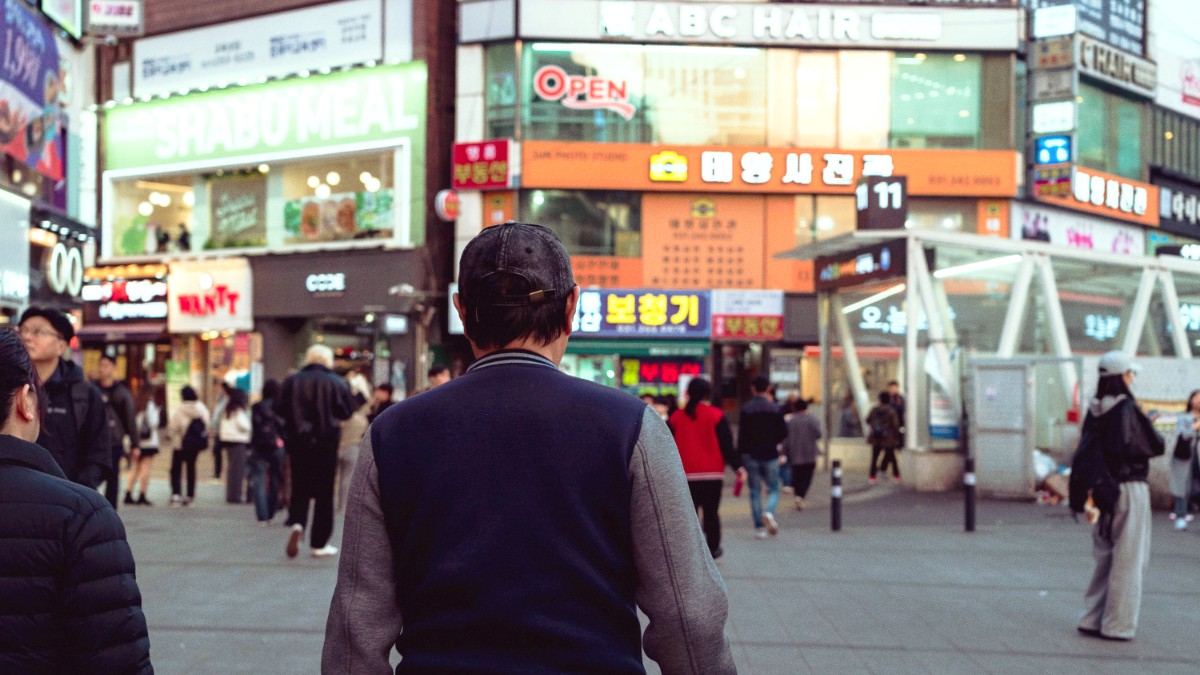
Gyeonggi Do, South Korea
Spring (March-May): This season brings mild and pleasant weather. Temperatures typically range from 5°C to 15°C (41°F to 59°F). Precipitation is low. April features beautiful cherry blossom viewing, painting the city in soft pinks and whites.
Autumn (September-November): Many consider this the ideal time to visit. The weather is crisp, clear, and dry. Average temperatures are comfortable, ranging from 10°C to 20°C (50°F to 68°F).
Plan your visit considering tourist numbers and activities.
High Season: Autumn (September-October) and Spring (April-May). Weather is ideal for outdoor activities and sightseeing. Festivals are common. Expect higher tourist numbers, potentially higher accommodation and flight prices.
July-August
Lowest prices for flights and accommodation. Fewer tourists.
Heat and humidity with heavy rain limit outdoor activities.
December-February
Lowest prices for flights and accommodation. Fewer tourists. Unique winter experiences.
Cold weather limits outdoor exploration.
March, November, June
Fewer crowds than high season. Generally pleasant weather. Lower prices.
Weather less predictable. Some attractions might have reduced hours.
Hwaseong Fortress walks and cycling, or hiking Mt. Gwanggyosan, are most pleasant during Spring and Autumn. The mild temperatures and clear skies enhance these experiences.
Plan for Spring and Autumn to coincide with many city celebrations and festivals. These seasons offer a atmosphere with numerous cultural activities.
Winter, during colder or rainy periods, is suitable for museums and shopping.
Visit in April for the city's beautiful spring blooms.
Witness fall colors from late October to early November.
Summer may bring heatwaves; plan activities for cooler parts of the day.
Winter can feature significant cold; pack warm clothing.
Understand the entry requirements for South Korea before your trip.
South Korea maintains a visa exemption policy for citizens of many countries for short tourist stays, typically lasting 30-90 days.
Prepare these documents for your entry into South Korea.
These estimates offer a general guide for daily expenses in Suwon, varying with your travel style.
South Korea is a very safe destination. Preparing for health and safety aspects creates peace of mind.
No specific vaccinations are mandatory for entry into South Korea. Consult a travel health professional for recommended routine vaccinations like Hepatitis A/B or Typhoid.
Access to healthcare is excellent. Hospitals (종합병원), clinics (의원), and pharmacies (약국) are widely accessible. Major hospitals in Suwon include Ajou University Hospital and Gyeonggi Provincial Medical Center Suwon Hospital.
Tap water in Suwon meets high quality standards and is generally safe to drink. Many locals and visitors still prefer bottled water. Consider a Filtered bottle for taste preference.
Tap water is generally safe.
Avoid purchasing excessive bottled water; refill when possible.
South Korea presents one of the lowest crime rates globally. Suwon poses very little risk for travelers. Petty crime, like pickpocketing, is rare but can occur in crowded tourist areas or on public transport. Exercise normal vigilance.
Suwon poses very little risk to travelers.
No specific unsafe neighborhoods are known for tourists. Always be aware of your surroundings.
Typhoons are possible from late summer to early autumn, though Suwon's inland position mitigates direct impact. Heavy rain and strong winds may still occur. Earthquakes are infrequent and generally minor.
Inland location reduces direct typhoon impact.
During typhoon season, monitor local weather updates.
| Service | Number | Notes |
|---|---|---|
| Police | 112 | For general crime reports or assistance. |
| Fire/Ambulance | 119 | For medical emergencies or fire incidents. |
| Korea Travel Hotline | 1330 | 24/7 multi-language support for tourists. |